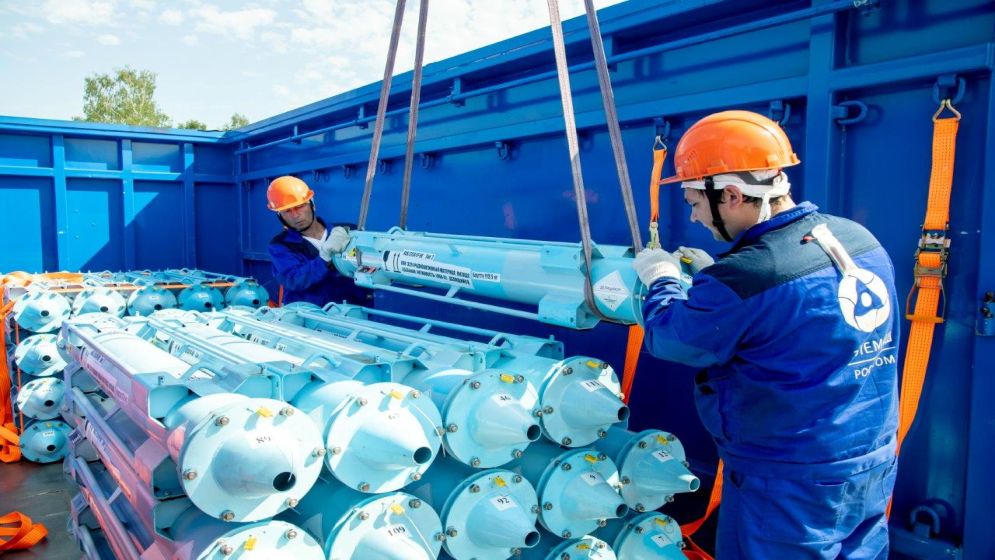World's only floating nuclear power plant readies second reactor for refueling

Unit 2 of the Akademik Lomonosov, the world's only operational floating nuclear power plant, is preparing for its first refueling, says a press release.
Stationed in the Pevek region of Russia, the plant's Unit 1 underwent its initial refueling at the end of 2023.
Powered by two KLT-40S reactors, the floating plant will utilize fresh fuel manufactured by Rosatom's fuel division.
The refueling process for these small reactors differs significantly from traditional ground-based units, as it necessitates a complete replacement of the reactor core every few years, unlike the partial refueling conducted every 12-18 months for larger units.
The KLT-40S core comprises fuel assemblies, control rods, and startup neutron sources.
This refueling marks a crucial operational milestone for the unique Akademik Lomonosov plant, demonstrating the feasibility and sustainability of floating nuclear power generation.
Fuel assemblies destined for Unit 2 of the Akademik Lomonosov have been approved for loading by the Russian Maritime Register of Shipping.
This authorization signifies a crucial step towards refueling the unit and continuing the plant's operation.
The Akademik Lomonosov, a pioneering project that ushered in the era of transportable small power units, was first connected to the power grid in December 2019 and began commercial operations in May 2020.
The plant provides approximately 76 MWe of electricity to the Pevek coastal network and boasts a maximum heat capacity of about 44 MW, sufficient to power a city of up to 100,000 people.
Akademik Lomonosov's success has sparked widespread interest in floating nuclear power plants, with dozens of countries and regions now considering their potential benefits.
These advantages include lower investment costs, faster construction times, mobility, extended refueling intervals, and the ability to provide carbon-free electricity to remote or hard-to-reach areas.
—

